We’re thrilled to welcome agent Saritza Hernández of the Andrea Brown Literary Agency to From The Mixed-Up Files of Middle-Grade Authors. Known as the first literary agent to represent marginalized creators in the digital publishing space, Saritza is a self-proclaimed geek who loves escaping into worlds and stories from all walks of life. She represents writers and illustrators for picture books, middle grade, young adult, and adult (fiction and nonfiction), and specializes in romance and young adult fiction by and for diverse audiences. Below, Saritza tells MUF contributor Andrea Pyros about her favorite — and least favorite — parts of being an agent, what a typical day is like, and her advice to “be the hero of your story and change the world in the process.”
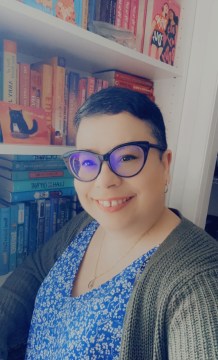
Mixed Up Files: How did you become an agent? Were you always interested in the publishing industry?
Saritza Hernández: I am a lifelong student of literature. I’ve always gravitated towards books and as a child would have a book with me everywhere I went. My grandfather gave me a manual typewriter when I was 9 and I swore I was going to be a writer, a reporter (Boricua Lois Lane at your service) or a poet. But I had no idea that one could work IN publishing. I didn’t really understand what book publishing was until we moved to Orlando, Florida, and my sixth-grade class went on a field trip to tour the Harcourt Brace Jovanovich buildings. At the time, they had a giant press where books were being printed. I think they were workbooks, but it was such a cool process that when I got home, I told my mom I would one day work there. 20+ years later, I got my first job in publishing as an Administrative Assistant at Harcourt School Publishers and worked in almost every department at one point or another over the next 18 years, moving up and learning more with each job.
When a friend of mine was looking to get published, I helped her write a query letter. In the process of researching literary agents (and what they did), I found that there were only a few BIPOC literary agents and even fewer editors who identified with any marginalization. As ebooks became popular, many underrepresented voices opted to self-publish or were being relegated to micro-presses with very little support. I saw a need and decided to fill it by looking for mentorship. I sent out a tweet asking to connect with someone who would be willing to answer my questions. Lori Perkins of the L. Perkins Agency eventually responded and, after a 2-hour phone call, offered to mentor me remotely. I didn’t think I could be part of the publishing industry living in Orlando, Florida, but Lori saw something in me. Without the remote internship opportunity she created, I would not be here today.
MUF: Tell us about being “the first literary agent to represent marginalized creators in the digital publishing space.” How did that come about?
SA: As I mentioned earlier, I had a friend whose work wasn’t being seen by Traditional publishing because it featured a queer romance. Her work, she kept hearing, would be “better suited” for the digital publishing space. I soon learned that this was happening to many creators who were writing from their lived experiences. Black, Indigenous, People of Color, Queer, and Neurodivergent creators were often told that their work was “difficult” to connect with or that there wasn’t a readership for it (which we all know is not true), so they were going to small presses or micro presses to get published and were often signing away sub-rights that would never get exercised or being locked into option clauses that kept them from seeking traditional publishing models for future works. Very few agents were willing to take on clients working in these spaces because advances were very low (if any were offered) and the perceived return on investment was therefore low. Agents don’t make much money as it is, so I understood why many opted not to rep authors in this space, but it was perpetuating the lack of diversity in the industry by maintaining a white, cisgender, heteronormative, male-centric status quo. I decided to focus my attention on those missing voices and set out to be as successful as I could be for them and for me.
MUF: What is the day in the life of an agent like?
SA: Busy. It’s a busy day from the moment we roll out of bed with our phone in our hand to catch up on industry news to the moment we get back into bed to read queries and client manuscripts before going to sleep. (Or at least, that’s usually how my day starts and ends.)
A typical day for me may look like this:
Skim my email on my phone and star or mark important emails so I can tackle them when I get to my desk later in the morning. I’ll usually read Publishers Marketplace Deals and Publishers Weekly newsletters while eating/making breakfast and may copy/paste names of new editors or recent deals with editors I know that could prove useful as comps for works that my clients have into my Notes app. Sometimes, I’ll start my day by reading queries on my phone.
When I finally sit down at my desk, I’m usually tackling a contract or submission list for a client. I’ll respond to critical emails and check in on Slack conversations with clients and with colleagues. (I’m in several Slack workspaces, so I have started closing out the app when I need to concentrate on something like a contract or a manuscript.)
I’ll put together my submission list for client manuscripts, respond to client emails about their manuscript edits, or update illustrator tearsheets mid-day, or I may set aside a few hours to read and edit client manuscripts or respond to queries.
A good portion of my afternoon is spent nudging editors about submissions, payments, deadline updates, or contract negotiations. I’ll also work on reading client manuscripts and putting together my editorial notes. And, once or twice a week, I set aside some time to meet with editors virtually to get a sense of what they’re looking for or to catch up.
There are days when I also meet with clients, where we either brainstorm ideas for their next project, discuss the edits to their current manuscript before we submit it, or catch up.
At some point during the day, I also eat lunch, make dinner (or dinner plans) for the family (I am a caregiver to my parents), and play tabletop games with the family.
MUF: How much collaboration does the ABLA agent team have?
SA: OMG, we are SUPER collaborative! We share our pitches and sublists with each other for suggestions and even workshop titles when needed. We have such a wealth of knowledge between all 15 of us that we tap into it daily. We have a Slack where we chat all day, and we reach out to each other via text or email when needed for support, encouragement, or to connect. It’s a sisterhood that I’m incredibly grateful to have.
MUF: What’s your least favorite part of your job as an agent?
SA: Letting clients go. I don’t like breaking up with anybody, but in this industry, it’s important to have the right partner to succeed, and sometimes, that means I am no longer the right partner for a writer or illustrator.
MUF: What’s your favorite?
SA: Notifying a client with an offer for their work. Especially for those projects that take a while to sell. The projects we revise, workshop, go on submission for a while, and eventually find the right editor to take on are super special.
MUF: Unlike some of your kidlit agent peers, you represent children’s books and books for adults. That sounds like it would be more work and that you’d have to have expertise across a wider spectrum of the industry. What makes you enjoy having a broader list?
SA: It DOES require that I create more connections across the industry, but I think it also gives me an opportunity to be highly selective about the work I take on. As a career agent, I get to work with my clients across the breadth of the work they want to write. So, if they want to write an adult romance novel while we go out on sub with their spooky middle grade, I get to be part of that journey.
MUF: We’d love to hear about a few kidlit books coming out soon (or just out!) from your clients that we should keep an eye out for.
SA: Ooh! I love talking about my client titles! Ok, so in September, Louangie Bou-Montes‘ debut YA Romantasy Till the Last Beat of My Heart releases from HarperTeen. What if your former friend, and crush is brought into your mortuary and you accidentally resurrect him? What would you do to make it right and can you do it before their time runs out?
Jen Bailey‘s Unexpecting is a contemporary YA novel that is as funny as it is heartwarming. When neurodivergent, openly gay Benjamin learns that he’s about to become a father with his best friend after an experiment gone wrong and that she plans to put the baby up for adoption, he sets out to prove that he can be a good father and high school student.
My client Mayra Cuevas co-wrote the contemporary YA novel Does My Body Offend You with Marie Marquardt, inspired by real events where a “Bra-bellion” starts at a high school after a student is told to put band-aids on her breasts when she’s not able to wear a bra to school.
My illustrator client Lisbeth Checo recently illustrated MzVee’s Natural Me picture book about the beauty of natural hair based on the African singer’s chart-topping song.
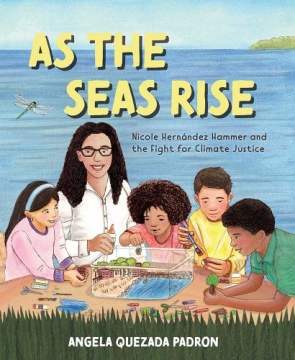
I also repped Angela Quezada Padron‘s debut author-illustrated picture book biography about climate activist Nicole Hernandez-Hammer, As the Seas Rise that is out now.
I’m also extremely proud to represent April Daniels‘ Dreadnought duology. It’s the trans superhero series you didn’t know you needed.
MUF: Any final thoughts?
Read the books “they” try to keep from you. Ask your local library to carry books by BIPOC, queer, and neurodivergent authors. Build little lending libraries in your neighborhood and stuff them full of banned books. Vote! Especially for your local school board and county representatives. If you don’t see the candidate you need, run for office yourself. Read diversely. For every book written by a white, cisgender, male author, read three by diverse authors. Then, tell others to do the same. Be the hero of your story and change the world in the process.
Learn more about Saritza Hernández at the Andrea Brown Literary Agency website or on Twitter, Instagram, and Facebook.
Note: Saritza is currently closed to queries.

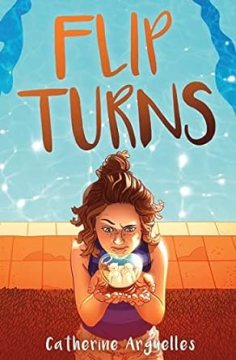
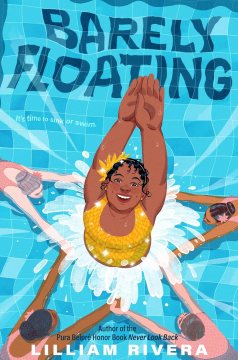
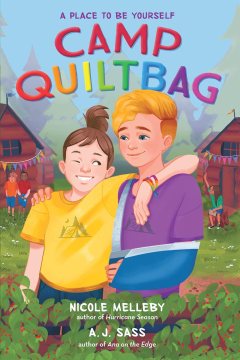 Camp QUILTBAG by Nicole Melleby & A. J. Sass (2023)
Camp QUILTBAG by Nicole Melleby & A. J. Sass (2023)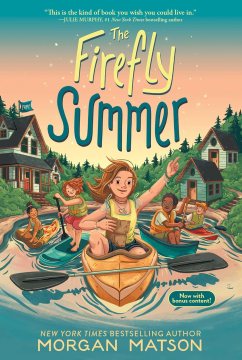
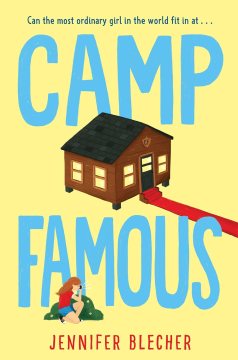
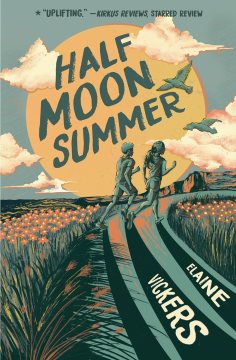
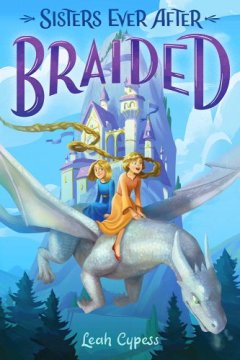 Please tell us a little bit about your upcoming novel,
Please tell us a little bit about your upcoming novel, 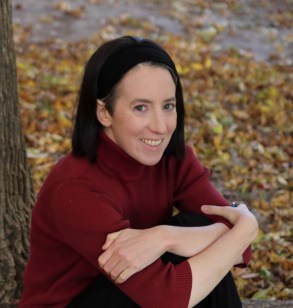 You’ve been writing since first grade, and sold your first story while still in high school. Do you have any advice for our middle grade readers about getting started on a writing life?
You’ve been writing since first grade, and sold your first story while still in high school. Do you have any advice for our middle grade readers about getting started on a writing life?